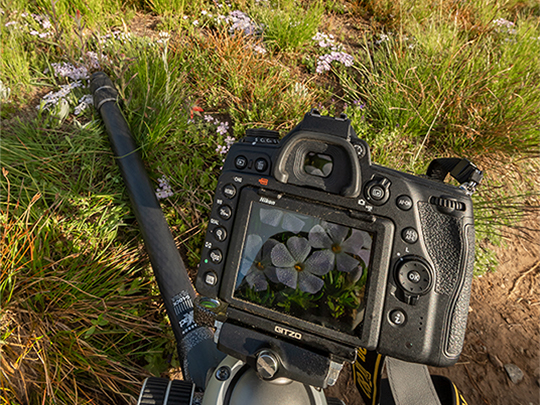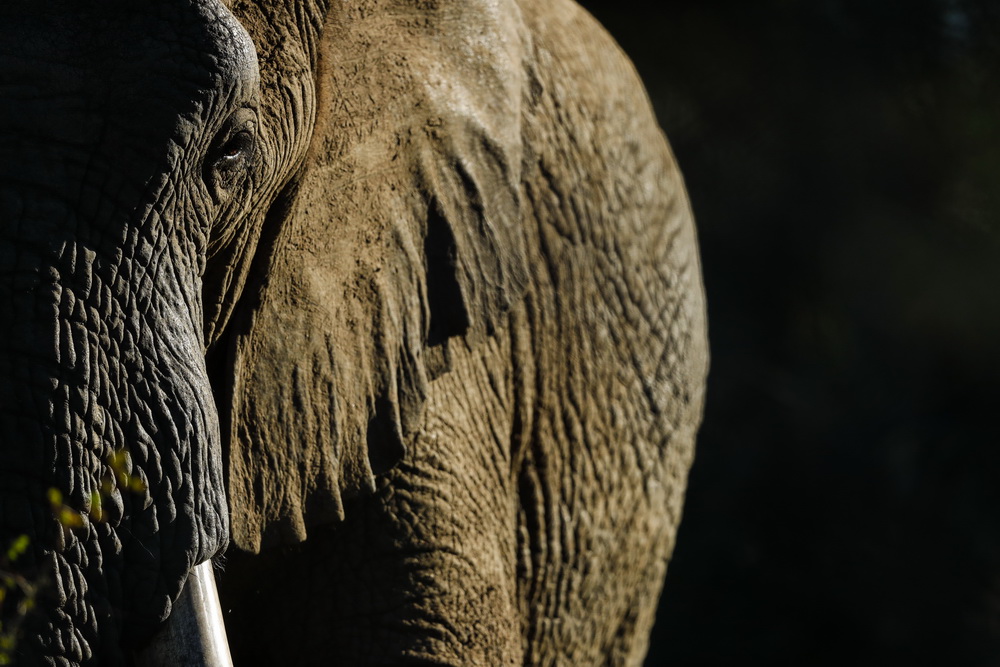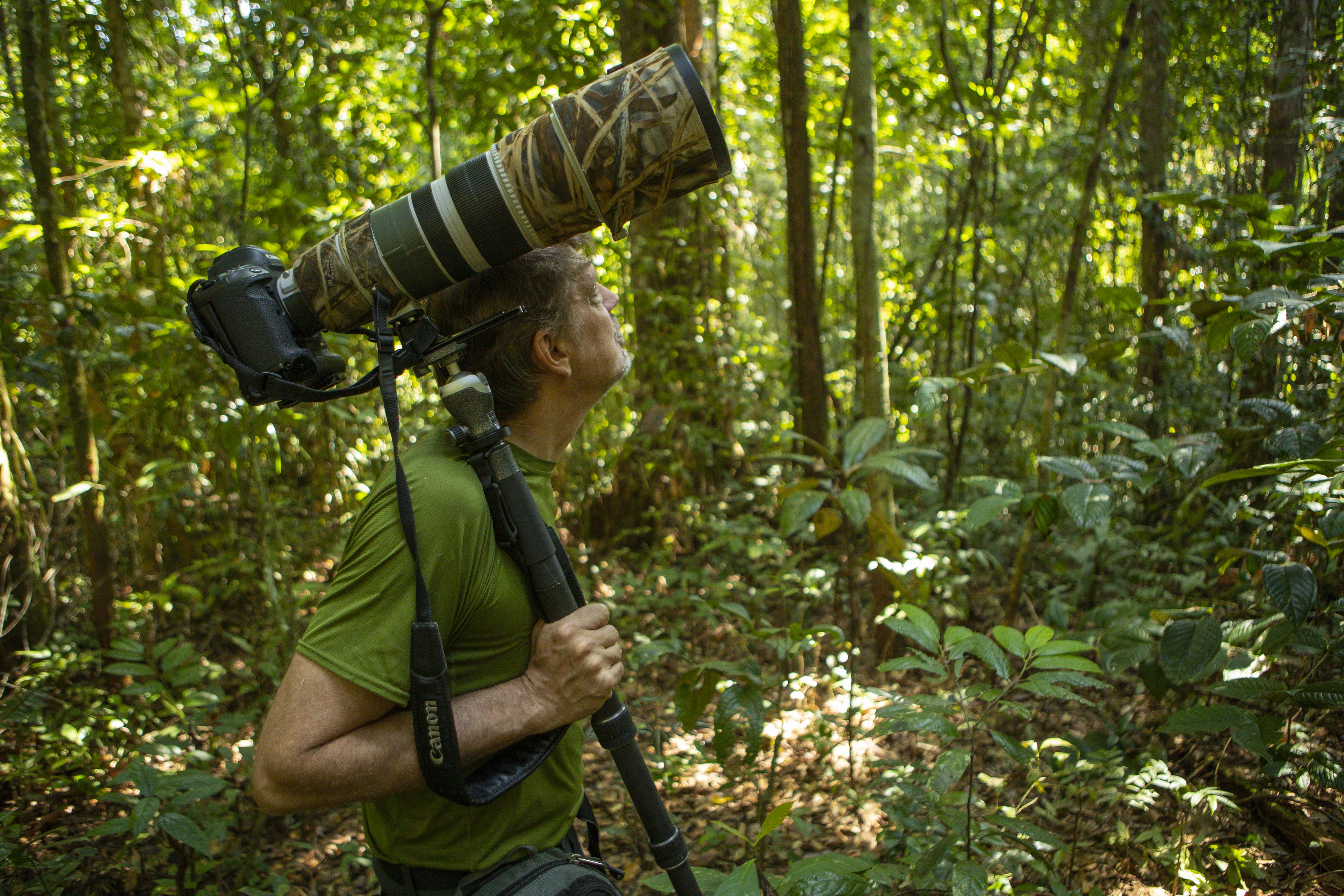MACRO PHOTOGRAPHY : TIPS FOR INSECT & NATURE PHOTOS
10.09.2021 | Reading time: 10 minutes
What is Macro Photography?
If you want to reveal the hidden world of insects, flowers, and plants, you might be interested in macro nature photography. Macro photography got its start in the world of science, to create intricate images of insects, with the first macro lens invented in the 1900s.
Today, it is said that a true macro photo creates an image on your camera sensor that’s the same size as what you are seeing in real life — also known as 1:1 magnification. For example, if you were to photograph a two-inch-long leaf, the leaf would need to take up an inch of your camera sensor. But the term macro photo can also apply to any close-up photo, or an extreme close-up, leaving your viewer to wonder what exactly they are looking at. There are many options when it comes to subjects for macro photography in nature. A plant or flower could leave you with hundreds of ways to look at it, by zooming in on textures, colors, and patterns.
Macro Photography Setup
You’ll want to start with a camera that will allow you to add a macro lens (and the size will depend on how close you want to go) and create minimal lag time from the moment you press the shutter and capture the image. For your camera, you can consider DSLR and mirrorless options, depending on your preferences and the type of photography you want to focus on the most. To get started, you might practice with subjects that don’t move much, such as with close-up flower photography. Once you are familiar with your setup, you can then move on to insects, or other moving subjects.
Here are some tips for capturing insect and nature photos, including tools like tripods and monopods that can help you take your images to the next level.

Insect Photography
Macro photography is all about magnifying your subject, and insects are one obvious choice, going back to the origins of the art itself. A macro photo can highlight the intricate details of wings, patterns, and colors, unlike a wider-shot photo could, showing these insects in a way that the human eye can’t. Insect photography may seem challenging when you are first getting started, not only because your subject is moving, but also because you’ll need to be sure you have the right tools for magnification since it will be impossible to see your subject otherwise.
Other than using a lens for magnification, with the most common lens for macrophotography being a 100mm focal range, investing in professional tripods can provide the steadiness you need for your images, to avoid blur that can make your picture difficult to see. A carbon fiber tripod, like one from the Traveler series is lightweight, making it easy to carry into the field and get to hard-to-reach places where you’ll need to hike or walk long distances. With a tripod setup, you can have a steady shot on your image, capturing dozens of images with minimal effort. A tripod is also a must if you are thinking about night photography, which could be an ideal setup to capture fireflies and their nighttime glow.
Some other tips for insect macro photography are to use a small focus light to aid you in low light settings, as the bright sun will make it nearly impossible to see your subject, by blowing out the details. For more clarity, you also want to look for a smooth and defocused background, like a leaf or other foliage. These tips apply to insect photography as well as any nature photography with a macro focus where the details are what will truly make your photos shine.
Macro Nature Photography
If you open yourself up to macro nature photography, you’ll have a world of possibilities to capture birds, insects, plants, and flowers. You could spend hours exploring just one small area and composing subjects in your viewfinder. When picking your subject, focus on details like color, shape, and texture. Vivid hues can capture a viewer’s attention while muted colors can convey calm. Shapes can create intrigue and wonder in your images, leading people to question what they are actually looking at. Textures, like interesting shapes, will add details to your image that infuse an element of mystery.
Another avenue for macro nature photography is wildlife photography, focusing on subjects of different sizes — like birds, butterflies, and whatever else you might discover in the wild that inspires you. You can also play with shifting your focus on different aspects of your subject, such as a single wing, or just eyes. Paying attention to varying details can help you create a variety of images from a single subject.

Close Up and Extreme Close Up Photography
There’s close-up photography, and then there is extreme close-up photography.
When you are first starting out, you might begin with close-up photography, to get used to your lens and tripod setup. For more mobility, you could even consider going for one of the professional monopods, that can give you stability, without the extra bulk of a tripod. Monopods are also quick to set up, making them great for fast action shots for your extreme close-up photography. Keep in mind that the origins of macro photography are in scientific research, and looking at your extreme close-up photography subject with an inquisitive eye will lead to discoveries that can create interesting photos.
Macro photography is a tool that can create something wondrous from the smallest elements of nature, leading to unique photos to add to your collection.


























